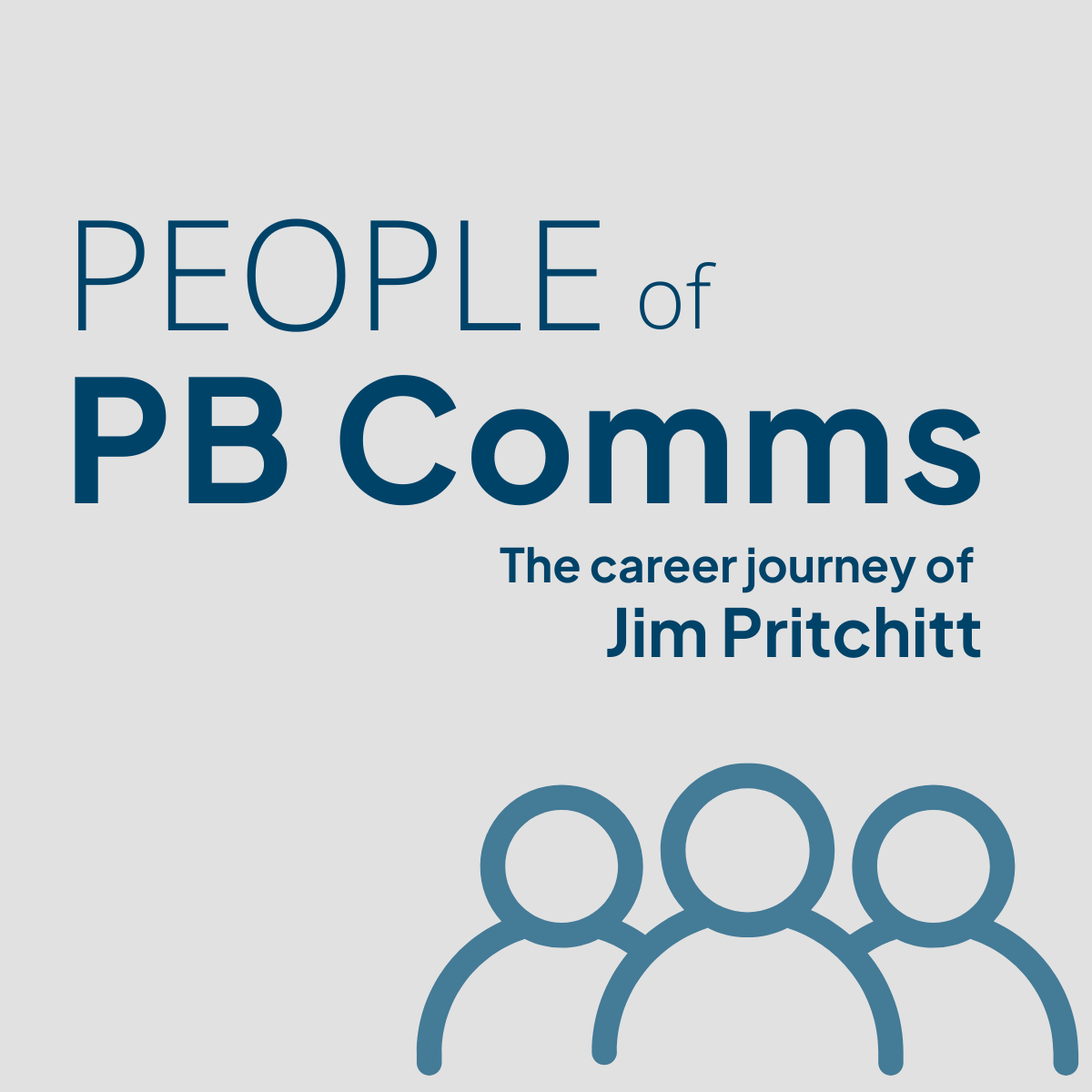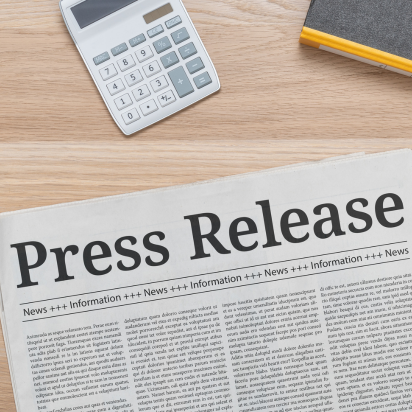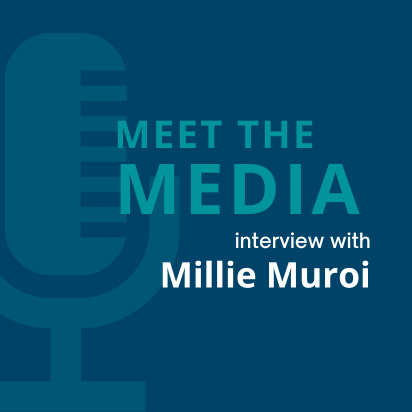One question organisations should always ask themselves before sending out a media release is whether the person quoted will be available for comment when journalists follow up.
Sending a media release and expecting journalists to run the story without any further comment shows a lack of understanding about the way the media operates. And chances are it will irritate the very journalists you want to develop a relationship with.
Why you should be ready for journalist queries
Media releases are a valuable communications tool. They allow organisations to provide information about new developments and insightful commentary to deadline-driven journalists in an efficient way. But while media releases are sometimes reproduced verbatim by the journalist, often this won’t be the case. The expectation should be that the journalist will want to speak with the spokesperson for more information and commentary.
One of my biggest pet peeves when I was a journalist was when the person quoted in the release was unavailable for any follow-up questions.
It is in your best interest to have the spokesperson available and ready to answer any further questions. Not only does it increase the likelihood of the story getting a run, but it adds to the spokesperson’s credibility. It is also an excellent opportunity for them to build a relationship with the journalist and to keep them top of their mind for future stories.
Here are three key things to consider before a media release is distributed:
Be sure your spokesperson knows when the media release will go out
Media spokespeople tend to be senior, C-suite executives, with many demands on their time. This makes it especially important to agree with them beforehand that they will be available to respond to media queries. Should they not be available on the day the media release is distributed, it is important for there to be an alternative spokesperson who can be interviewed by media. Alternatively, consider sending the release on a different day when a spokesperson will be available.
This doesn’t mean the spokesperson needs to be sitting at their desk waiting for their phone to ring. It simply means that when a journalist wants to speak with them, they at least have a few blocks of time available to respond to media queries. And on that note…
If necessary, block out a few 30-minute time slots
Spokespeople need to be ready to respond on the same day the media release is distributed to journalists. But most importantly, if they can’t take a call immediately and need to call the journalist back, the spokesperson must do so before the journalist’s deadline. Therefore, having some time free during the day to return calls can be useful. It is the spokesperson’s responsibility to be available on the day the interview is requested. The following week will be too late. The journalist’s deadline will have passed and they will have moved on to other things. Chances are they will also remember that you distributed a media release, but were not interested enough then to provide further information, meaning they will be less likely to look at your media releases in the future.
The spokesperson genuinely answers the journalist’s questions
This might sound like ‘Social Skills 101’, but it is important that a spokesperson doesn’t come across as being disinterested in the journalist’s questions or, worse, just plain rude. It leaves the journalist with a bad impression and will unlikely contact the spokesperson again. Always answer the journalist’s questions with interest and, most importantly, thank them for their time. Remember the journalists are doing you a favour, not the other way around.
Ensuring there is a quoted spokesperson available to respond to any media queries shows that you are prepared and are a credible source of information for journalists.



















